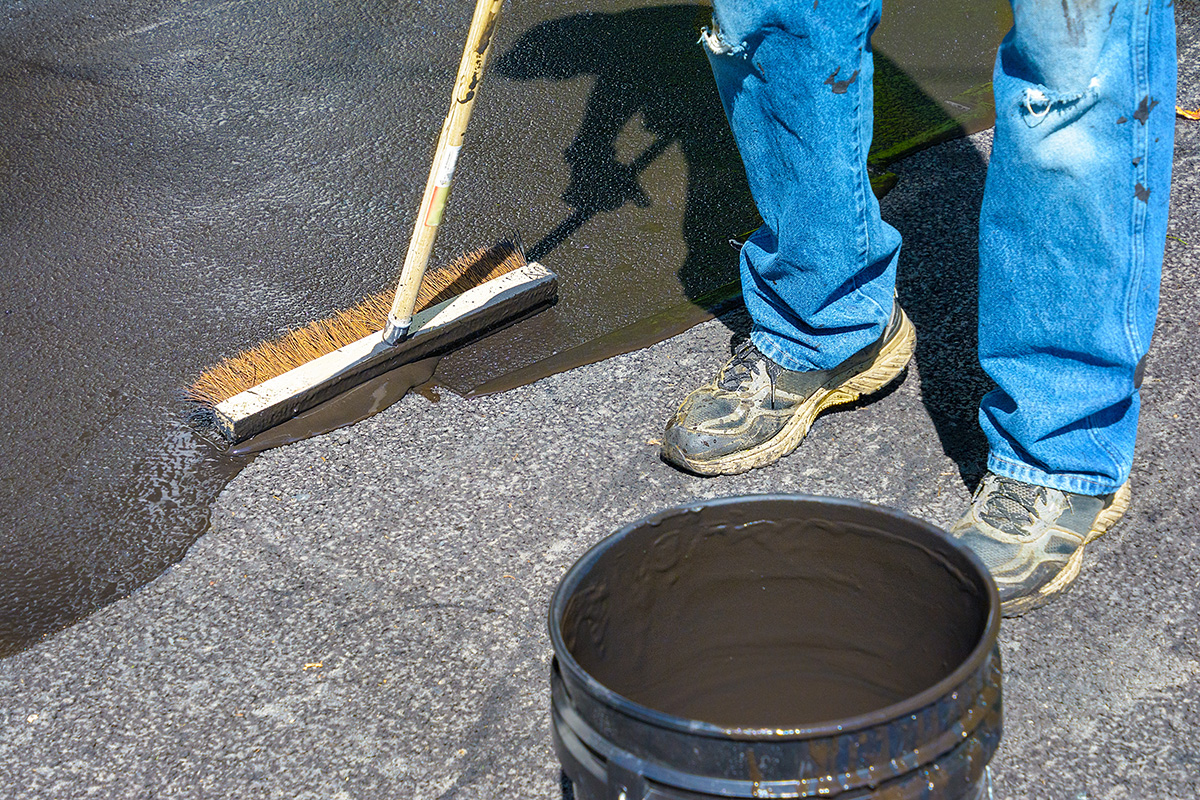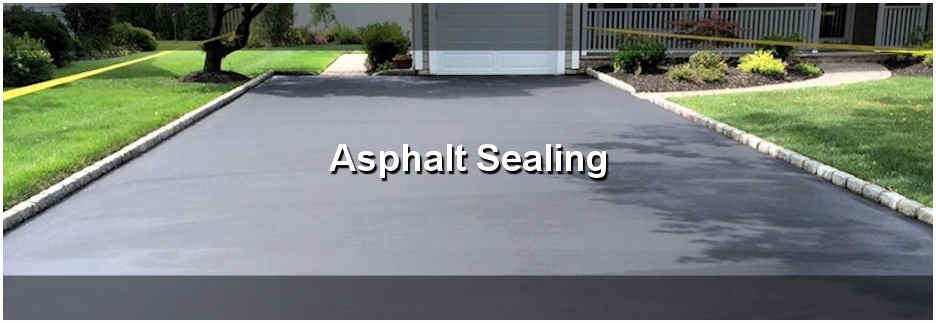Cold Mix Asphalt Vs. Hot Mix Asphalt: Which Is Right for You?

Composition Differences
Cold mix and warm mix asphalts vary substantially in their make-up, with unique qualities that influence their performance and applications. Cold mix asphalt is created by emulsifying the asphalt binder with water and an emulsifying representative prior to blending it with accumulation. This approach allows for the asphalt to be practical at reduced temperatures, making it excellent for short-term repair services and for usage in chillier weather. Hot mix asphalt, on the various other hand, is produced at heats, generally between 300-350 ° F, which helps to attain far better compaction and a much more durable last item. The hot mix asphalt manufacturing process includes heating up the aggregate and asphalt binder independently before incorporating them at the asphalt plant.
Moreover, chilly mix asphalt often tends to be less dense and extra adaptable than warm mix asphalt. This flexibility makes it far better matched for locations with higher levels of activity, such as driveways or roads with heavy website traffic. On the other hand, warm mix asphalt is known for its high toughness and resistance to rutting and fracturing, making it a preferred choice for freeways and high-traffic roadways where durability is essential.
Installment Process Differences
The process of setting up chilly mix and warm mix asphalt displays noteworthy variances in their treatments and demands. Cold mix asphalt, being a much more flexible product, can be used straight from the bag or container onto the hole or damaged location. It requires very little preparation work, such as cleaning up the location and compacting the cool combine with hand devices. This makes it a convenient alternative for fast and temporary fixes. In comparison, warm mix asphalt necessitates a much more elaborate installment procedure. It involves warming the blend to heats prior to laying it down on an effectively ready base. The preparation includes compacting the base, applying a tack layer, and using heavy machinery like pavers and compactors for a smooth and durable surface. Due to the heating needs, warm mix asphalt installments are usually performed by experts with customized devices, ensuring an extra structurally audio and long-term result.
Durability and Durability Variables
When thinking about asphalt alternatives, toughness and durability are essential aspects to assess for long-term sidewalk performance. Hot mix asphalt (HMA) is understood for its extraordinary longevity and durability.
In regards to durability, HMA generally exceeds CMA as a result of its remarkable strength and resistance properties. HMA pavements have a longer life span, needing much less regular repair services and maintenance, which can translate to set you back financial savings over time. Additionally, HMA pavements are more easily personalized to satisfy details project needs, even more enhancing their durability.
Cost Factors To Consider
Considering the monetary effects is a crucial facet when evaluating the choice in between warm mix asphalt (HMA) and chilly mix asphalt (CMA) for sidewalk jobs. While the preliminary price of warm mix asphalt is typically more than that of cold mix asphalt, HMA usually gives a much more cost-effective service in the lengthy run because of its remarkable toughness and longevity. HMA is understood for its capability to hold up i loved this against rush hour lots and rough weather, lowering the demand for constant fixings and maintenance. On the other hand, chilly mix asphalt is more budget-friendly ahead of time but might need even more regular patching and resurfacing, resulting in greater maintenance prices in find this time.
In enhancement to material prices, it's essential to take into consideration the expenditures connected with installation and maintenance when contrasting HMA and CMA. Ultimately, the decision between HMA and CMA need to take into account not just the first cost yet likewise the long-lasting monetary ramifications to identify the most economical choice for the particular pavement task.
Environmental Impact Contrast
Contrast of the environmental effects in between hot mix asphalt (HMA) and cool mix asphalt (CMA) reveals distinctive differences in sustainability practices. HMA production requires high temperature levels, bring about boosted power intake and greenhouse gas exhausts. The procedure likewise releases volatile natural compounds (VOCs) and hazardous air pollutants (HAPs) into the environment. In comparison, CMA is generated and applied at reduced temperature levels, decreasing power use and discharges substantially. The reduced production temperature levels of CMA result in reduced fuel usage and lower levels of CO2 exhausts, making it a more eco friendly option.
Moreover, using CMA usually includes reusing existing asphalt sidewalk, advertising resource conservation and minimizing the amount of waste sent to garbage dumps. This recycling facet additionally boosts the sustainability of CMA compared to HMA. In general, when considering the environmental influence, CMA becomes an extra eco sustainable selection as a result of its reduced energy requirements, reduced emissions, and the capacity for recycling existing products. By choosing for CMA over HMA, roadway building tasks can contribute favorably to ecological conservation initiatives.
Final Thought
Finally, the choice between cold mix asphalt (CMA) and warm mix asphalt right here (HMA) relies on different elements such as composition, installation procedure, longevity, longevity, expense, and ecological influence. angle parking. While CMA uses a affordable and quick option for small repairs, HMA makes certain remarkable toughness and longevity for rush hour areas. Think about these factors meticulously to determine which kind of asphalt is the best option for your paving needs

Considering the economic effects is an important element when reviewing the selection between hot mix asphalt (HMA) and cold mix asphalt (CMA) for sidewalk tasks. While the first cost of warm mix asphalt is generally greater than that of cold mix asphalt, HMA often provides an extra economical solution in the long run due to its exceptional toughness and durability. cold mix asphalt.Comparison of the ecological impacts in between hot mix asphalt (HMA) and cool mix asphalt (CMA) exposes distinct differences in sustainability practices.In conclusion, the choice between chilly mix asphalt (CMA) and hot mix asphalt (HMA) depends on numerous elements such as structure, setup process, durability, durability, price, and ecological impact